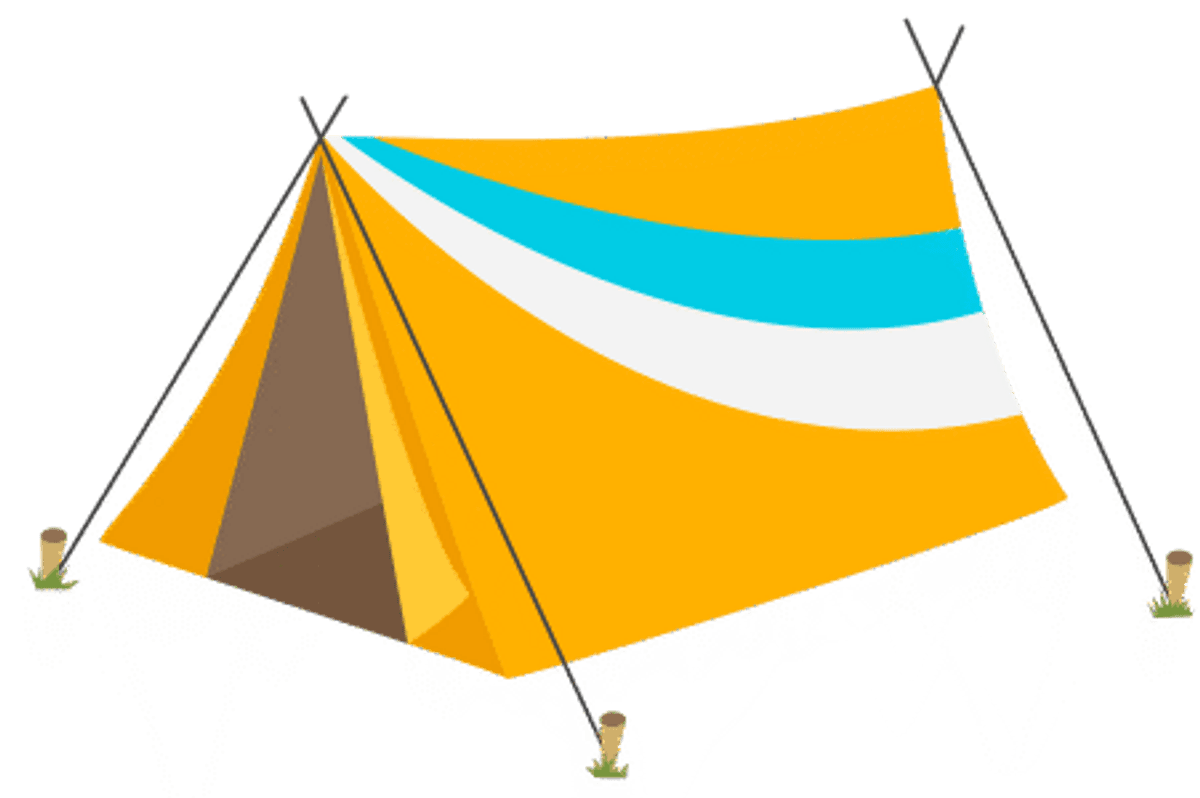Professional Development

Classroom Activity

Professional Development
There is an exciting movement underway. Fewer and fewer teachers are exposing students to meaningless drill and practice to help them acquire new content, such as vocabulary.
Share
There is an exciting movement underway. Fewer and fewer teachers are exposing students to meaningless drill and practice to help them acquire new content, such as vocabulary. We are moving away from the practice of showing an image with the word, saying the word, and having learners repeat it. We have had enough of handing out the vocabulary list, turning on the projector, and hearing that audible, collective sigh that indicates learners have also had enough.
And, it isn’t stopping there. Teachers (and learners) are also moving beyond the series of rote, fill-in-the-blank exercises that can be done mindlessly with no connection to meaning and hence, no acquisition. They are experiencing an integration of presentation and practice in context that supports acquisition.
Acquisition requires meaningful interaction in the target language—natural communication—in which speakers are concerned not with the form of their utterances, but with the messages they are conveying and understanding.(Krashen, 1981).
Integral to this new movement is the use of gestures, visuals, or objects to have our learners apply new vocabulary in authentic, communicative tasks. We know that there is immense value in using visual input to reinforce what learners listen to or read. Leading experts in the field of education, such as Robert J. Marzano, address the need to include such non-linguistic representations to create context and meaning in acquiring content. But, it’s what the teacher has learners do in relation to these non-linguistic representations that’s the bridge to acquiring the content.
Through his research, Marzano outlines five strategies that use non-linguistic representations to assist learners in acquiring content. Let’s take a look at the five strategies applied to the learning of vocabulary in context.

Have learners organize words and phrases into patterns using symbols, arrows, shapes, or illustrations in order to: identify and classify what learners hear or read; or make recommendations.
For example, have learners listen to a classmate describe what school supplies she needs to buy for four classes and create a shopping list. You could also have learners take notes while listening to various family members talk about what they need to do before leaving for school or work in the morning in order to make suggestions about what they should do first.
Have learners engage in hands-on tasks in order to indicate placement of objects or describe how to do something.
In this instance, have learners rearrange furniture in the classroom according to directions the teacher has left, or demonstrate a recipe for a favorite family dish.
Have learners visualize words and phrases while incorporating the senses in order to make comparisons or set a scene.
For this strategy, ask learners to visualize a map of the western hemisphere, its continents, its countries, and the bodies of water that surround it; then, compare your mental map with a map from Latin America. Or have learners visualize how they feel when they have a particular ailment, such as a headache, a cold, or a broken bone; then they can explain their symptoms to the nurse over the phone.

Have learners create illustrations of content in order to: describe people, places, or things; or outline a sequence of events.
For this, you could have learners listen to a Costa Rican learner talk about his school uniform and draw the outfit he describes. For outlining a sequence of events, have learners draw pictures of a series of activities they took part in on a camping trip and place each activity on a separate sheet of paper. They can exchange papers with a classmate; as one classmate narrates when she did each activity, the other student can arrange the drawings in the appropriate order. Then, switch roles.
Have learners connect physical movement to mental images in order to show relationships between and among people and things and predict next steps.
For example, have your kids read a description of a Colombian family tree; but, first, assign each learner a family member to portray. As they hear the description, learners organize themselves to create a physical model that shows the relationships among the various family members.
Another example for predicting next steps would be to distribute each learner one step of the instructions for what to do prior to boarding an international flight. Have classmates take turns reading aloud their step, acting it out, and lining up in order of when each step occurs.
These examples are just a few of the applications of these five strategies. Please share ideas you have in the comment section. Stay tuned for the next in our series of strategies to link vocabulary acquisition and communication.
Professional Development

Classroom Activity
Professional Development

Classroom Activity
story

Classroom Strategies